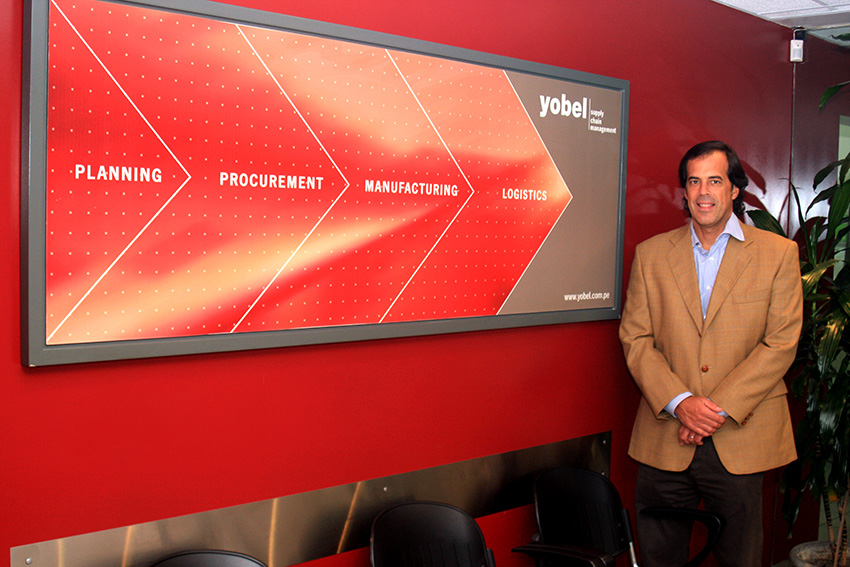By: Francisco D’Angelo, Director – Manager of Yobel SCM Management, August 24, 2018
The world is changing rapidly by 3 forces: technology, globalization and climate change. In addition, three structural developments make the change possible: the introduction of smart phones, the expansion of bandwidth and connectivity through the cloud. These changes have an impact on the global supply chain. Consider these three events that were not in sight 24 months ago: Trump and the renegotiation of tariffs, incentives to manufacture in the US; Brexit threatening the European Community and the militarization of the islands in the South China Sea, which could change the rules of international shipping lines (1/3 of global shipments pass through there). From a supply chain standpoint, we must be aware of four forces: technology, consumers, the workforce, and logistics infrastructure. What is changing? Manufacturing in the United States is increasing, but with 1.5 million fewer workers. Work is being automated, saving time for employees. Artificial intelligence is redesigning work in operations. Businesses have only executed 18% of their digital potential. Freight agency is entering the digital stage. Blockchain is no longer only for bitcoins or fintechs (Walmart is testing its supply chain to add structure to its processes).
In 2016 Zara went from concept design to its stores in 25 days (11 of those days were manufacturing). Gap has reduced concept-to-store time from 10 to 8 months. There is a shift in stores from “having inventory” to managing an “inventory flow” (thanks to interconnection, bandwidth and technology). Warehouses are getting more sophisticated and moving towards robotic automation. The stores are being seen as mini-distribution centers (in 2016 Target delivered orders from 1,000 stores, up from 460 the year before). In 2016 Amazon was 28% of all e-commerce. On the holidays of that year, this company accounted for 38% of all e-commerce (its closest competitor was Best Buy, with 4%, and Walmart, with 3%). Amazon is creating alternative deliveries to UPS, Fedex, and US mail. In 2013 drones were considered a given for deliveries when Jeff Bezos spoke in an interview (now that prognosis is not so true).
The cost structure of e-commerce is still challenged by “free delivery” (returns are the biggest obstacle to e-commerce success). The Gig, shared and demand economy are here to stay (some say all 3 are the same). Some businesses no longer need assets or employees. In 2012 Ford’s board considered autonomous vehicles frivolous, in 2016 Ford expected to have the largest fleet of autonomous vehicles on the market.
That same year, California outlawed Uber’s self-driving cars, which moved its tests to another state. It is very difficult to find work because employers demand skills that they did not ask for before (the ability to adapt to new technologies). Amazon only needs two days to train a temporary worker in the warehouse (touchscreens and robots help a lot). This may be a partial list of the changes that are happening, but the amplitude, speed and degree of the change are going to make us have more of a headache and, in addition, the difference between the winners and the losers is being made every time. more espacious.



0 Comments